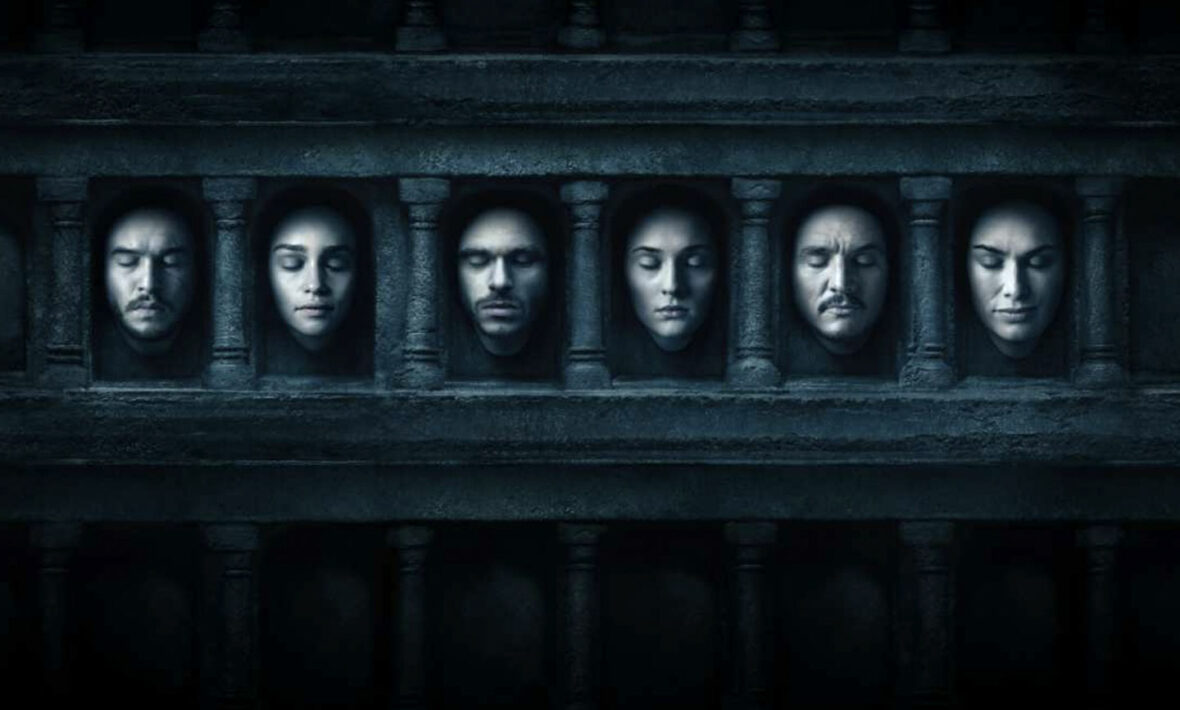
Though never less than compelling, HBO’s Game of Thrones can seem pretty far-fetched. Dragons, ice zombies, demon baby assassins, the list goes on. But, fun fact, all of the crazy things that occur between humans in the show are more grounded in reality than you’d think. In fact, George RR Martin – the guy behind the fantasy books on which the show is based – is a keen historian, and numerous horrific events that happen in the show have a real-life historical counterpart.
So buckle up, here are the shocking things in GOT that are based on real life. And, spoiler alert, for all of you who are still dwelling under a rock – this article discusses the episodes all the way up until the latest season. You’ve been warned, people.
The Red Wedding
Season 3’s Red Wedding sent shockwaves around the world, spawning numerous reaction videos of people collectively losing their minds. This heinous event saw Robb Stark, his pregnant wife, his mother Catelyn and many of his most trusted soldiers brutally betrayed and murdered by the Freys, despite apparently enjoying ‘guest rights’, having broken bread and joined them in their home for a wedding. People were pretty mad at the writers for killing off beloved characters in such a brutal way, but this bloody scene has historical precedent.
The massacre of Glencoe took place in Scotland in 1691, in which all of the clans were brought together to swear allegiance to the newly championed King William of Orange. But clan MacDonald had already sworn an oath to King James VII, and wasn’t initially free to break that oath.
The MacDonalds eventually sent their oath of fealty to William of Orange, but it was too late. They already were disliked and distrusted by the new regime, and 120 men under the secretary of state’s legal team arrived at the MacDonalds, claiming to require shelter from the blistering blizzard outside. After two weeks spent enjoying food and shelter, the guests played cards with their hosts, bid them goodnight and then duly put all of them to the sword, something called ‘Slaughter Under Trust.’ Like the Red Wedding, this was a crime considered morally unpardonable. 40 children and women escaped, but perished in the cold. The grim story lives on.
The War of the Five Kings
At the end of the first season, all hell breaks loose, as five ‘kings’ and five ‘kingdoms’ go to war, all claiming the throne and the lands that go with it. One of the central points of this war – and the show in general – is the rivalry between the Starks and the Lannisters. These names might ring a bell to any history students. The War of the Roses took place in England in 1455, between the similarly named Yorks and Lancasters. These two historic and powerful families claimed their right to rule, and the plots of political intrigue, marriage, murder and war have too many parallels to the show to list in this article.
The final battle in this war – the Battle of Bosworth – is pretty famous for a reason. Henry VII defeated Richard III, joined the warring houses in marriage and started the Tudor royal line, beginning with his son Henry VIII. Speaking of whom…
Robert Baratheon
By all accounts, once a strong, handsome, charming man, by the time we meet Robert Baratheon in season 1 of Game of Thrones, he’s a fat, lecherous, alcoholic king, unfit for his duties and at the mercy of fits of temper. Jon Snow says it best in the books:
His father had talked of him often: the peerless Robert Baratheon, demon of the Trident, the fiercest warrior of the realm, a giant among princes. Jon saw only a fat man, red-faced under his beard, sweating through his silks.
There are easy comparisons to be made between Bobby B and Henry VIII, who was formerly a true Renaissance man – a handsome, charming king who became rather more unkingly as he aged, becoming fat and irrational, executing a handful of his wives and destroying the Catholic Church in England in the process. Like Henry, Robert loves to hunt, and it’s a rogue boar that sees him off in Season 1, an undignified end just like Henry’s. In the iconic King’s case, a festering wound from a jousting accident eventually topped him off, not to mention syphilis from all his womanising.
The Wall
Though not constructed from ice and magic like The Wall of Westeros, Hadrian’s Wall in the North of England was also built to keep wild, red-haired folk from travelling too far south. (Sorry, Scots, at least Jon eventually realises that the wildlings aren’t so bad after all.) Fortunately, the Roman wall wasn’t destroyed by a zombie dragon and remains a popular tourist attraction today.
Aegon’s Conquest
The rule of Danaerys Targaryen’s family over the seven kingdoms of Westeros lasted generations, beginning with her ancestor Aegon the Conqueror crossing the narrow sea with his dragons and generally setting everything on fire. Similarly, in 1066, William the Conqueror of Normandy crossed the narrow channel with his army and laid down the foundation for the next 1000 years of British rule. Today, the Queen of England is his 22 x granddaughter, though while her corgis are undeniably cute, they aren’t quite as formidable as Dany’s dragons.
The Ironborn
The bloodthirsty sea-faring raiders, the Ironborn, pillage and rape their way around Westeros from their home of the Iron Islands. Though a historical reassessment of the Vikings have shown they were a bit more cultured than many stereotypes have suggested, the iconic image of their longboats and bloodlust lives on, and this is reflected in the practices of the grisly Ironborn of Game of Thrones.
Image credit: Header via HBO, GIFs via GIPHY


